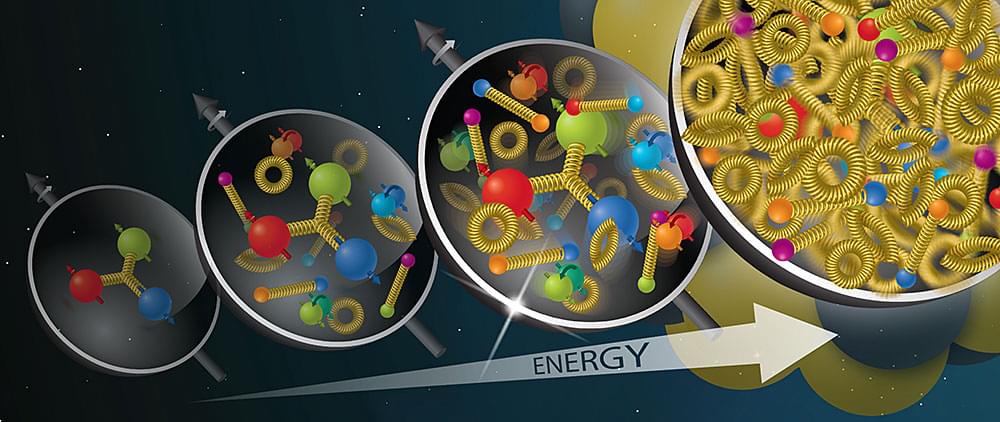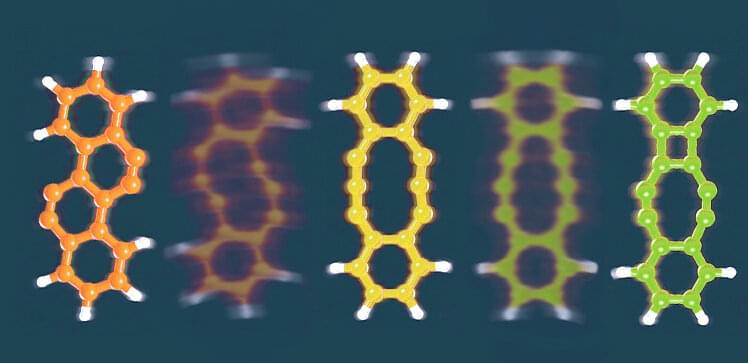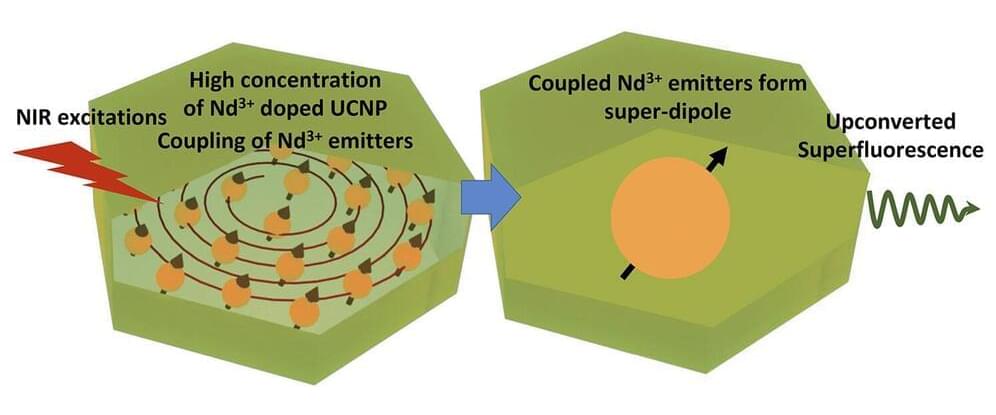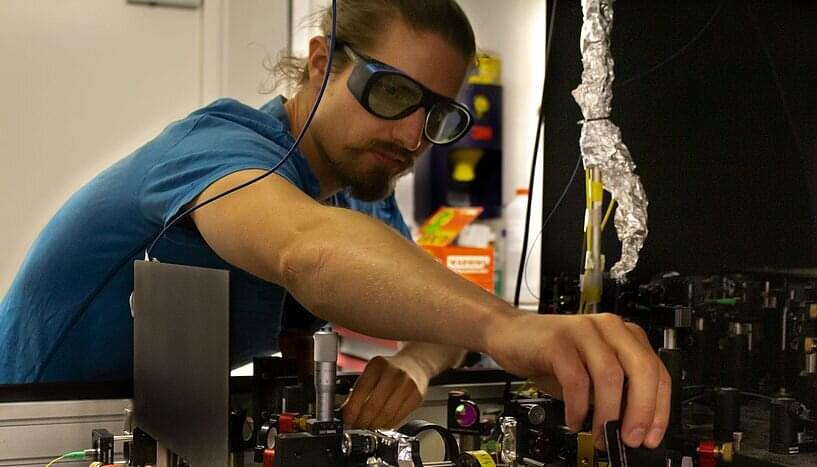Nuclear physicists studying particle collisions at the Relativistic Heavy Ion Collider (RHIC)—a U.S. Department of Energy Office of Science user facility at DOE’s Brookhaven National Laboratory—have new evidence that particles called gluons reach a steady “saturated” state inside the speeding ions. The evidence is suppression of back-to-back pairs of particles emerging from collisions between protons and heavier ions (the nuclei of atoms), as tracked by RHIC’s STAR detector. In a paper just published in Physical Review Letters, the STAR collaboration shows that the bigger the nucleus the proton collides with, the larger the suppression in this key signature, as predicted by theoretical models of gluon saturation.
“We varied the species of the colliding ion beam because theorists predicted that this sign of saturation would be easier to observe in heavier nuclei,” explained Brookhaven Lab physicist Xiaoxuan Chu, a member of the STAR collaboration who led the analysis. “The good thing is RHIC, the world’s most flexible collider, can accelerate different species of ion beams. In our analysis, we used collisions of protons with other protons, aluminum, and gold.”
Saturation should be easier to see in aluminum, and even easier in gold, when compared to simpler protons, Chu explained, because these bigger nuclei have more protons and neutrons, each made up of quarks and gluons.






